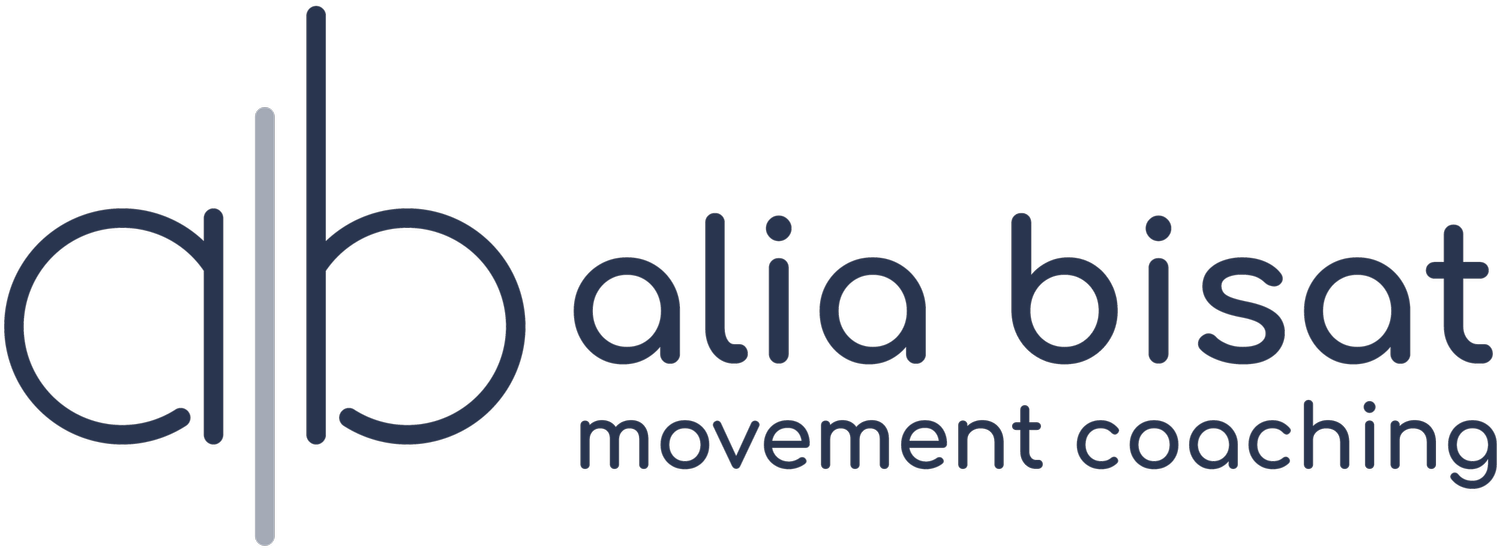Crawling Down a Mountain
A couple of friends and I were 5 minutes into a short hike when we came across an older gentleman, late 60’s, early 70’s maybe, looking for help for his wife. His wife was up the hill, seated on the trail having just turned her ankle. Her ankle was swollen, and they were worried about how to get back down to the beginning of the trail. Her pain seemed manageable, so we suggested helping her walk back down to the trailhead, and she was open to the idea. The trail was super rocky, a bit wet, very leafy, and steep in parts, all which made the descent challenging to navigate. She held onto my friend’s arm while I cleared the trail of leaves ahead of them, and this seemed to work well until there were obstacles like a bigger rock, a slanted section of the trail, or a big step down. Over the course of the following 30 minutes, with our help, this woman had to perform a variety of movements to get through the toughest parts of the trail. She had to crawl on her hands and feet without resting her knees on the ground. She had to carefully balance while taking large steps over big rocks while placing her landing foot on the ground slowly and with total control as not to slip on the wet surface. She had to hop on one foot when her other ankle got too tired. She had to sit down and swing her legs around to the other side when we got to rocks that were too large to step over and too slippery to step on.
The movements she performed were simple, but not necessarily easy. They were clunky for her and she needed our support, physical and moral to make it down. If we don’t use our body in specific ways, we really do lose the ability to perform those tasks comfortably, if at all. Additionally, those movement options likely don’t even occur to us to use to navigate our environment in the first place since they’re not part of our repertoire. When I suggested that she get down onto hands and knees to get through a steep section of the trail, she said, “Oh what a good idea, I would have never thought of that!” The essence of functional movements isn’t only about every day life, it’s also about being prepared. The woman on the trail doesn’t find herself hopping on one foot during daily life, most definitely not crawling around her living room (unless she’s taking my classes!!). But she told us she and her husband love to hike, and although this was her first injury ever while hiking, it was a reality check. Had she not had an arm to bear weight on or someone to suggest she navigate parts of the trail by sitting down or using her hands, she and her husband would have had to call for help.
Being prepared expands our potential for resiliency when things don’t go as planned. The work it takes to get to a new level of preparedness is less than one might think. It doesn’t have to be hours and hours of exercise. A few new movements revisited a couple times a week can do wonders for our ability to use our body in efficient ways when we need it, and to expand our creativity in how we move in any given situation without having to really think about it.
Keep moving.
